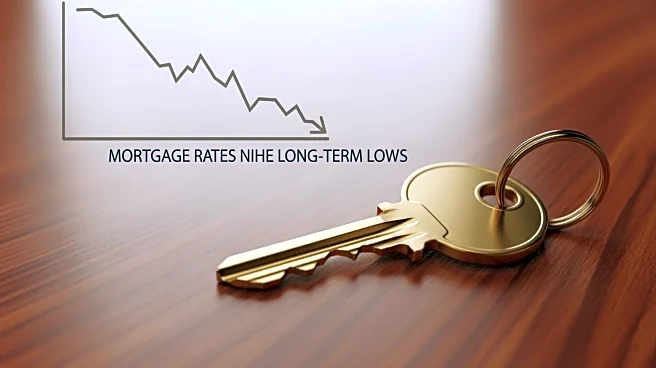What's Happening?
A recent study by LendingTree highlights significant savings for homebuyers who purchase during the winter months. According to the study, January is the cheapest month for home sales, with properties
selling for a median of $178.60 per square foot. This is in contrast to May, the most expensive month, where homes sell for $194.20 per square foot, marking an 8% increase. The study suggests that buying in January could save buyers approximately $23,400 on a typical 1,500-square-foot home. The price differential is attributed to lower competition during the winter months, as fewer people are willing to move during this time. Additionally, homes tend to stay on the market longer in January, providing potential buyers with more bargaining power.
Why It's Important?
The findings of this study are significant for prospective homebuyers looking to maximize their purchasing power. By timing their purchase during the winter months, buyers can potentially save thousands of dollars. This information is particularly valuable in the current economic climate, where housing affordability is a major concern for many Americans. The study also highlights the role of online mortgage lenders, which can offer lower interest rates and faster closing times, further enhancing the financial benefits of buying during the off-peak season. This could influence market dynamics, encouraging more buyers to consider winter purchases and potentially stabilizing housing prices throughout the year.
What's Next?
As the real estate market continues to evolve, potential homebuyers may increasingly look to winter months for purchasing opportunities. This trend could lead to a shift in how real estate agents and mortgage lenders approach the market, possibly offering more incentives during the winter to attract buyers. Additionally, the study's findings may prompt further research into seasonal pricing trends and their impact on the housing market. Stakeholders, including policymakers and financial institutions, might also consider these insights when developing strategies to improve housing affordability.











